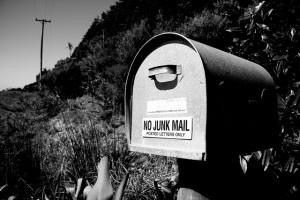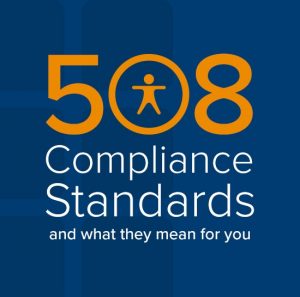— May 29, 2018
Social media has become an integral tool for online brand management.
Last year, companies of all sizes used social networking platforms to communicate with over 3.1 billion global social media users
Facebook’s recent data breach, however, demonstrates how important it is to secure your business’s social media presence.
Factors like poor account security and data mismanagement contributed to the scandal and compromised the online security of millions of users.
While your company may not be in a position to adversely affect as many people as Facebook, you can avoid similar vulnerabilities by developing and sharing a social media security plan with your team.
Developing an online presence with social media is an effective strategy for growing your business and its reputation.
Protect your investment—and your customers—against data breaches, malware, and hacks with these four best practices.

Create a Social Media Policy
A formal social media policy document can help your social media team define best practices for branding, legal, and PR purposes.
While giving them the flexibility to be creative and engage with your audience quickly and effectively.
Your policy should outline the purpose of your social media presence and the values you expect each account to uphold, as well as the following:
- Rules and regulations: Outline what can and cannot be shared and the actions to take if an account has been hacked or a mistake has been made.
- Security or legal risks: Explain potential threats, how to avoid them, and what to do if actions have put the company at risk.
- Roles and responsibilities: Delineate specific tasks and who is responsible for them, as well as approval workflows and accountability metrics.
Your social media policy should be customized to your business needs and changes to social media best practices.
Consider this a living document that gets updated regularly, and review your policy often.
Optimize Your Security Settings
Social networking platforms go to great lengths to maintain their account security features.
In response to its data breach, Facebook immediately rolled out changes to its advertising standards to improve data targeting for businesses.
When Twitter suffered its own data breach—and publicized the passwords of 32 million users—it informed its users immediately.
Account security features vary among social networking platforms, so avoid using the same security configurations for multiple accounts.
Instead, optimize each platform’s security settings for maximum protection.
For each social networking platform, review and document the following settings:
- Privacy, visibility, and sharing settings: Don’t rely on default privacy settings. Regularly review these settings for each account and update them as necessary.
- Suspicious activity alerts: If the platform provides suspicious activity alerts, activate them. Keep an eye on reports of hacks and scams yourself so you can respond appropriately.
- Access and publishing privileges: Perform regular audits of who has access to your accounts and update those permissions when necessary.
- Passwords: Create a different complex password for each account and change them often.
- Two-step authentication settings: Enable two-step authentication if it is available.
Additionally, you’ll want to ensure that all team members’ computers have updated antivirus and endpoint security software.
Be Selective about Third Party Applications
Third-party applications, like post schedulers or social listening tools, can be time and resource saving assets for your social media accounts.
However, they can become weak access points—and the more applications you give access to your accounts, the more vulnerable you become.
According to a 2016 report by CloudLock CyberLab, 27% of connected third-party applications are considered high risk.
You can avoid these vulnerabilities by being selective about the third party applications you link to and following these safety protocols:
- Think critically about the benefits and potential pitfalls of linking any application to your account before doing so. If the benefits do not outweigh the potential security risks, don’t use the application.
- Do your research and ensure that you are authorizing only legitimate applications.
- Subscribe to notifications and regularly review security alerts for third-party apps you have given access to your accounts so you are aware of any potential threats or security breaches as soon as possible.
- Read the details of what access and permissions you are giving each application. If possible, customize the settings so each app has access to only the information it needs to function.
Even after taking these precautions, you’ll want to regularly review your social media account settings to revoke access to any unfamiliar, unnecessary, or discontinued third-party applications.
Use a Social Media Management Tool
Many services offer online tools to help maintain your business social media accounts.
Social media management tools can be useful in scheduling, analyzing, and monitoring social accounts and content.
They can also assist with account security by limiting direct access to your social media accounts.
Management tools offer several security advantages:
- By using special permissions to read or write to your dashboard, so individuals can access social content without logging into your accounts—or gaining access to your passwords or other sensitive information.
- Maintaining their own security features, including two-factor authentication and suspicious activity monitoring.
- Allowing you to collaborate across teams while managing access, to ensure the posting of approved messaging
- They allow you to monitor what is being said about your company across platforms, making it easier to spot hacks or other branding issues.
Exercise caution when sharing access to your social media management tools.
Limit access to only necessary team members, like social media marketing, project managers, or editors.
Securing social media accounts should be a priority for any business investing in brand building.
Take the first step by developing a social media policy, using safe third-party tools, and reviewing your account settings.
What other social media account security tips do you have? Let us know in the comments section below!
Digital & Social Articles on Business 2 Community
(53)
Report Post

